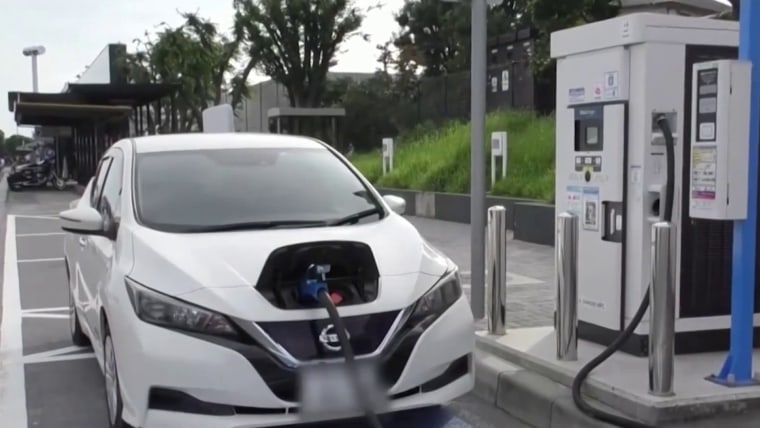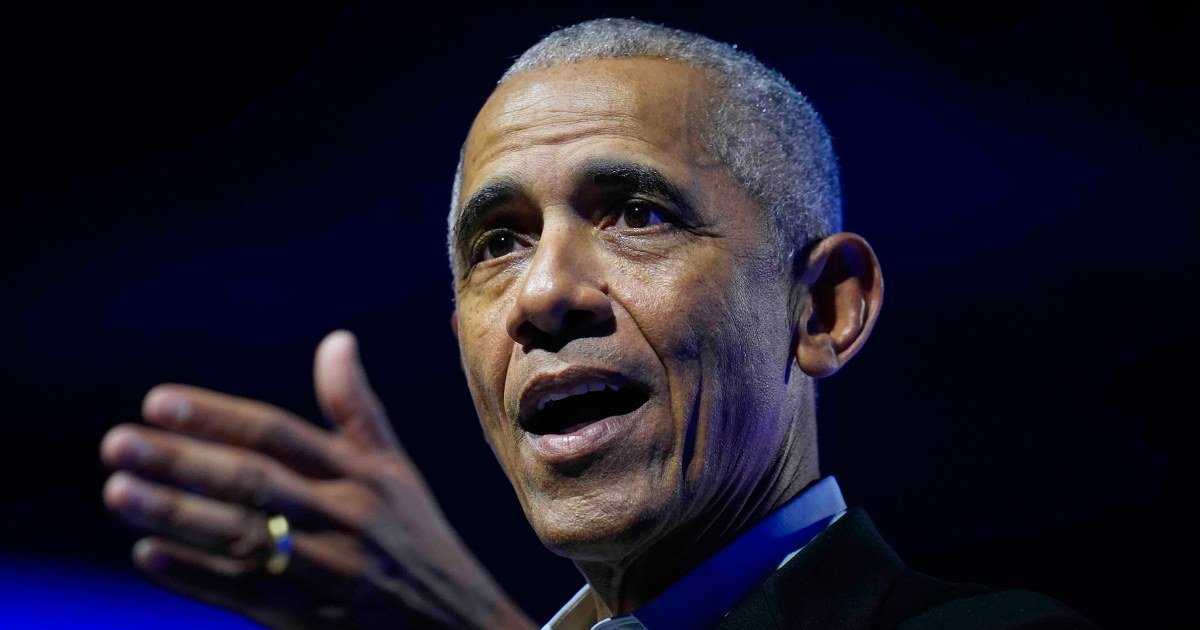U.S. automakers are cutting their outlook for electric vehicles amid lingering consumer doubts, reduced federal support and a challenging economic outlook that is impacting all auto sales.
On Tuesday, General Motors said it was taking losses totaling $1.6 billion related to planned changes to its rollout of electric vehicles. The company attributed part of the change to President Donald Trump’s elimination of the $7,500 electric vehicle purchase incentives enacted by President Joe Biden. The credit officially expired on September 30.
“Following recent U.S. government policy changes, including the termination of certain consumer tax incentives for the purchase of electric vehicles and the relaxation of emissions regulations, we expect the adoption rate of electric vehicles to slow,” GM said in a filing.
Rival Ford is late plans to build an electric vehicle plant in Tennessee. Last week it told Reuters it would be “agile in adjusting our product launch schedule to meet market needs and customer demand, while aiming for greater profitability.”
Falling sales at Tesla, which remains the U.S. leader in electric vehicle sales, is also contributing to the weakening outlook. Its second-quarter sales fell nearly 13% and CEO Elon Musk warned of some “difficult quarters” ahead for the company.
The changes threaten to leave the United States behind in what many still consider the future of automobiles. In July 2024, electric vehicle sales officially surpassed conventional car sales in China. There and in neighboring countries, the cost of an electric vehicle has been falling more rapidly than in the United States, thanks in large part to increased competition from Chinese manufacturers that now dominate the global electric vehicle market. However, other Western countries are also reconsidering previous commitments to electric vehicles, including Canada and the United Kingdom, both of which have signaled relaxed electrification targets, partly in response to new pressures brought on by Trump’s trade war.
The rollbacks are a stark departure from the heady ambitions for electric vehicles that American automakers signaled less than a decade ago. The highest-profile push came from General Motors CEO Mary Barra, who committed the storied automaker to a “zero emissions” future in 2017.
“No more gasoline. No more diesel. No more carbon emissions,” he wrote at the time.
But a series of challenges — cost concerns, slow adoption and a rollback of support in Washington — have left the U.S. auto industry with greater uncertainty about the future of electric vehicles.
“Penetration has plateaued,” said David Whiston, a senior analyst at investment research company Morningstar who covers autos.
Even before Trump’s “One Big Beautiful Bill” ended the tax credit, signs of resistance to electric vehicles had begun to appear among American consumers. A survey released in August 2024 by automotive information group Edmunds showed concerns about finding charging stations and charging times, availability and reliability as the top reasons consumers would not purchase electric vehicles.
“They said they don’t want problems or they don’t feel like learning something new,” said Jessica Caldwell, chief knowledge officer at Edmunds.
In the second quarter of 2025, sales of new electric vehicles decreased 6.3% year over year, according to Cox Automotive, which said the growth trajectory of electric vehicles “has slowed.” Electric vehicle sales rose in the third quarter, but analysts said that was likely a result of the impending expiration of the tax credit.
“The federal tax credit was a key catalyst for electric vehicle adoption, and its expiration marks a pivotal moment,” Cox Automotive director of industry insights Stephanie Valdez Streaty said in a statement. “This change will test whether the electric vehicle market is mature enough to thrive on its own fundamentals or whether it still needs support to expand further.”
For a time, electric vehicles seemed poised to take over the American market. Following GM’s Barra lead, Ford announced in 2018 that it planned to nearly triple its investments in electric and hybrid vehicles by 2022, with plans for 40 new such models. Barra also called for a national zero-emission vehicle program to help electrify the entire U.S. automobile fleet.

Meanwhile, sales at Tesla, which exclusively makes electric vehicles, began to accelerate, turning the innovative automaker into one of the most valuable companies in the world and giving it a dominant position in the electric market.
The push for electric vehicles intensified during the Biden administration, which introduced strict new emissions standards designed to boost sales of electric vehicles along with the tax credit for the purchase of electric vehicles.
But last year, Barra told NBC News that GM’s all-electric future would now unfold “for decades,” although the company said it was still targeting 2035 to fully electrify its fleet. In its latest report, GM said the review of its future electric vehicle production is “ongoing” and noted that additional charges could be announced in future quarters. A GM spokesperson did not respond to a request for comment.
Last month, The Wall Street Journal reported that GM had spent more than any other company except Facebook parent Meta to pressure the federal government in 2025 to fight clean air and fuel economy standards.
“What we are committed to is the customer,” Barra said of the move away from electric vehicles at a Wall Street Journal event in May, the newspaper reported. “The client told us it wasn’t ready.”
Ford CEO Jim Farley said this month that EV sales could fall by about 50% after EV tax credits expire. A Ford spokesperson did not respond to a request for comment.
The entire U.S. auto market also remains challenged by affordability issues. The average price of a new car surpassed $50,000 for the first time last month, Kelley Blue Book reported Tuesday. The average monthly car payment in the United States is now $749 for new vehicles and $529 for used vehicles, according to the credit reporting agency Experian. American households overall continue to struggle with persistent inflation and an increasingly unstable labor market, which has left the pace of overall monthly auto sales below pre-pandemic levels.
Electric vehicles currently cost about $7,000 more, according to data from Kelley Blue Book.
Anna Vanderspek, director of the electric vehicle program at the Green Energy Consumers Alliance, an environmental advocacy group, said she is hopeful that the global shift toward electric vehicles will eventually trickle down to U.S. automakers as they seek to remain competitive and reach American consumers.
But he acknowledged that the timeline for adoption has changed.
“There are good reasons to think that this transition will continue to occur,” he said. “But now it will happen more slowly.”








